What immediately comes to mind when you think about Salem, MA? My guess is you either think of Halloween, or witches. Am I right? If so, that’s not surprising! Salem has developed a devoted following over the years that centers around the celebration of Halloween, the Salem witch trials, and other supernatural adventures. That reputation has been embraced by the community, with even police cars sporting an emblem declaring Salem as “The Witch City” with a silhouette of a witch on a broom.
While all of that is certainly fun, and worth participating in, Salem gets a bit shortchanged as a result. I visited in the spring and decided to focus on finding things to do in Salem that had nothing to do with witches, hauntings, or the paranormal. With a little help from Destination Salem, what I discovered is a place rich in history, architecture, and art worthy of a visit any time of year, not just in October.

First things first though! Where did I stay? When I travel I always prefer accommodations in a historic hotel or inn, or a historic home or building that has been repurposed as lodging (that’s adaptive reuse for all of you armchair preservationists out there!) I was fortunate enough to be offered a night’s stay at The Merchant, a Lark Hotels boutique hotel, which is not only architecturally stunning but has loads of interesting history as well.
The Merchant was originally the Joshua Ward house, built in 1784 by the sea merchant who traded in molasses (the critical ingredient for rum!), tea, Sumatran pepper, spices, and other items imported to America from China and India at the time. The home was designed by noted Salem architect and wood carver Samuel McIntire, and its “floating” staircase is considered to be the oldest surviving staircase by him. The house also has some spooky history but I’ll let you research that for yourselves. I can unequivocally say that I experienced nothing out of the ordinary during my stay!


While everyone loves to claim that “George Washington slept here!”, The Merchant can actually claim that based on historical research and documentation. I had the honor of sleeping in the George Washington King Deluxe room, and to imagine him resting his boots on the same hearth as me was humbling indeed. The starry ceiling, carved federal eagle above the fireplace, and the George Washington pillow were just a handful of the unique touches that greeted me upon arrival.
Much to my delight, no two rooms are alike at The Merchant. I had the opportunity to see two other rooms (there are 11 in total), each with its own personality and charm. Be sure to check out the various rooms on their site to find the one that suits you best, although none would disappoint. I love the hotel’s colorful decor by Rachel Reider with its playful nods to history, and appreciate that the hotel has such a sense of place while appealing to my need for modern luxuries.
A comfortable night’s sleep and a cheerful morning wake-up in the form of The Merchant’s complimentary breakfast prepared me well for my day about town. Salem is such a walkable city, and even though the weather was chilly I set off with my mobile map and hit list of things to do and places to see!


People often ask me how I “find” so much beautiful architecture to feature on my social media and blog. Truthfully it is everywhere if you keep your eyes open and focus on your surroundings, but when I go to a new place I want to be sure that I get what I came for. A quick Google for “Salem MA historic district” immediately pointed me to the McIntire Historic District, including the famed Chestnut Street.
Named for the same Samuel McIntire that designed the Joshua Ward house, he is credited with creating the unique look and feel of Salem with its large, square, brick merchant buildings. Though he did not design all of the homes in the district, it was named in his honor and it certainly contains many fine examples of his work, both inside (as a wood carver) and out (as an architect).


Chestnut Street has been referred to as “one of the most beautiful streets in America” and I would be hard pressed to disagree. While originally 40 feet wide in 1796, it was expanded to 80 feet wide in 1805, creating the feel of a grand boulevard. It was laid out to attract Salem’s wealthiest merchants and members of society, providing them a place to live, worship, and mix with their peers.
Many of the houses on Chestnut and surrounding streets are built in the Federal style popularized by McIntire, giving Salem a recognizable look. A Federal house is typically a simple rectangular box, two or three stories tall, symmetrical, often in brick but sometimes in clapboard, and showing very little embellishment with the notable exception of an ornate entryway. This style of home is not unique to Salem, but having so many three-story examples in one area has a big impact. I was wide-eyed as I strolled the district, gazing at architectural details that are some of the finest I have seen.

Due to poor planning on my part, I missed the opportunity to visit the Peabody Essex Museum (“PEM”) as it is closed on Mondays (except for some holidays), and the rest of my time was committed. But I would be remiss not to include it as a decidedly non-witch related Salem highlight. The PEM collection of art, textiles, photography, and more includes items connected to Salem, New England, and beyond to items of international interest, including one of America’s most important Asian art collections.
Luckily for me, while I couldn’t enjoy this aspect of the museum, I was able to view some of the museum’s historic houses from the outside. Many of them are part of the McIntire Historic District, including the Cotting-Smith Assembly House where George Washington danced the night away before staying in my his room at The Merchant. Each of the historic houses is just a short stroll from the main museum.

#3 Salem Maritime National Historic Site
So much of what makes Salem both beautiful as a getaway and important from a historical perspective is its location on Salem Harbor and its almost 400 year maritime history. This nine acre site was the first National Historic Site established by the National Park Service in 1938 under the National Historic Sites Act of 1935, which should give some perspective on its importance.
The site, which is free to all, includes a number of historic buildings, three different wharves (out of over fifty that once lined Salem Harbor years ago), a replica tall ship, and a light station, all interpreted to tell the stories of the sailors, merchants, and privateers who traveled from Salem to far-flung places all over the world, to return with new and exotic goods to share with America.
I completed a self-guided tour using the wayfinding signs, but guided tours are available, too. They also have a delightful gift shop, Waite & Pierce, that frankly was a highlight for me (I love a good shop!) That is where I learned that the first elephant to come to America, on a ship named America, came through Salem in 1796. Who says you can’t learn anything while shopping?


After a full day of walking Salem, my bones were a little chilled and my feet were more than a little sore, so I made my way back to The Merchant to warm myself by the fire and have a cup of coffee. The common area of the hotel has two fireplaces, lots of seating, and a fabulous bar, and the resident caretaker was more than happy to chat and share some of her own knowledge of the Salem area.
I wrapped up my evening across the street at The Adriatic Restaurant & Bar with a delicious meal and glass of wine at the bar, right next to a local couple who moved to Salem just a few years prior from Boston. I was thrilled to hear that they had purchased a historic house in town and were restoring it to its former splendor, and they were thrilled to hear that I was exploring some of Salem’s witch-free gems.

The House of Seven Gables is well-known to many, but it has so much interesting history, all of which was new to me, that I had to include it on my list of things to do in Salem. Other than its connection to Nathaniel Hawthorne’s novel of the same name, the actual owners of the house and the house itself seem to have no connection whatsoever to the Salem witch hysteria or trials.
The history of this 1668 Postmedieval house began as many in Salem did: it was built by wealthy Captain John Turner I, one of the most successful seafaring families in the New England colonies. It stayed in the Turner family for many years, and eventually was purchased in 1782 by Captain Samuel Ingersoll, another wealthy ship captain. I was surprised to learn that Ingersoll removed four of the seven gables to give the home a Federal look, which was fashionable at the time.

Ingersoll’s daughter Susanna inherited the house after his death, and during her years there she often entertained her second cousin, Nathaniel Hawthorne, during his time working at the Custom House in Salem from 1845-1849. She shared stories of the house with him, and he became enamored of the idea of the seven gables (four of which no longer existed). Inspired, he wrote his novel in 1851 on the heels of The Scarlet Letter.
A few decades later the house found itself in need of repair and restoration. In 1908 Salem native Caroline Emmerton, philanthropist and preservationist, worked with architect Joseph Everett Chandler to return the house to its perceived original appearance. However, while the seven gables were restored, and the house retains many of its original architectural features, a few liberties were taken to satisfy the visitors who would expect to find the house as it was in Hawthorne’s novel. Various touches were added (which may or may not include a hidden staircase).

Hand in hand with restoring the house, Caroline Emmerton founded The House of Seven Gables Settlement Association which was fully funded by visitors to the new house museum that opened in 1910 in the restored Turner-Ingersoll mansion. The settlement house movement was intended to help immigrant families settle into their new life in America, offering classes, medical services, and more.
After touring the house, I spent time looking at exhibits in Nathaniel Hawthorne’s Birthplace, poking through the gift shop, and wandering the property with its beautiful view of Salem Harbor. I hope to return to the museum again sometime during the summer, when the Colonial Revival Seaside Gardens are in full bloom.

#5 Urban Art Museum in “El Punto” Neighborhood
To throw in the unexpected, the last stop before my Salem departure was a tour of the incredible wall murals in the “El Punto”, or Point, neighborhood of Salem. According to their website, the mission of the open air museum is “to break down the invisible, but undeniable socio-economic barrier between the Point Neighborhood and the rest of Salem and the North Shore”.
Over 50 large-scale murals created by 20 local artists and 18 world-renowned artists, such as Okuda San Miguel of Madrid, Spain, are painted on walls within a three block radius. With the art they hope to attract visitors to the neighborhood, providing economic benefits, as well as instill pride in its residents. While I did a self-guided tour, various walking tours are available as well from time to time. I was in awe of the oversized artworks and the obvious talent that went into creating them.


My two-day visit showed me much of what Salem has to offer, and along with the Halloween happenings and witch-trial history, a visitor could be busy in Salem for days. So many things to do, so little time! If you can’t resist visiting for the witch history, avoid the witchy kitsch and learn the real deal at the Jonathan Corwin House, otherwise known as The Witch House. Corwin was one of the judges in the trials, and the house is the only one still standing with direct ties to the trials.
Also visit the Salem Witch Trials Memorial, a somber monument to the 20 men and women who died during the witch hysteria from 1692-93. The Memorial consists of 20 granite benches, each inscribed with the name of the victim, the date of execution, and the manner of death. All but Giles Corey were hanged. Corey, an accused warlock, was pressed to death due to his refusal to admit his crimes.
If you have visited Salem, I would love to hear about it! And if you haven’t, I hope this post has inspired you to go.
Please note that as an Amazon Associate I earn from qualifying purchases.
[x_author title=”About the Author”]

My name is Deb Cohen, and I am a lifelong resident of Connecticut, a lover of all things historic and New England, and a realtor who helps buyers and sellers achieve their real estate goals and dreams. When I’m not working, I enjoy life with my husband, our two adult children, and our two rescue pups. Renovating and decorating our historic home, dating to 1800, is another favorite pastime.
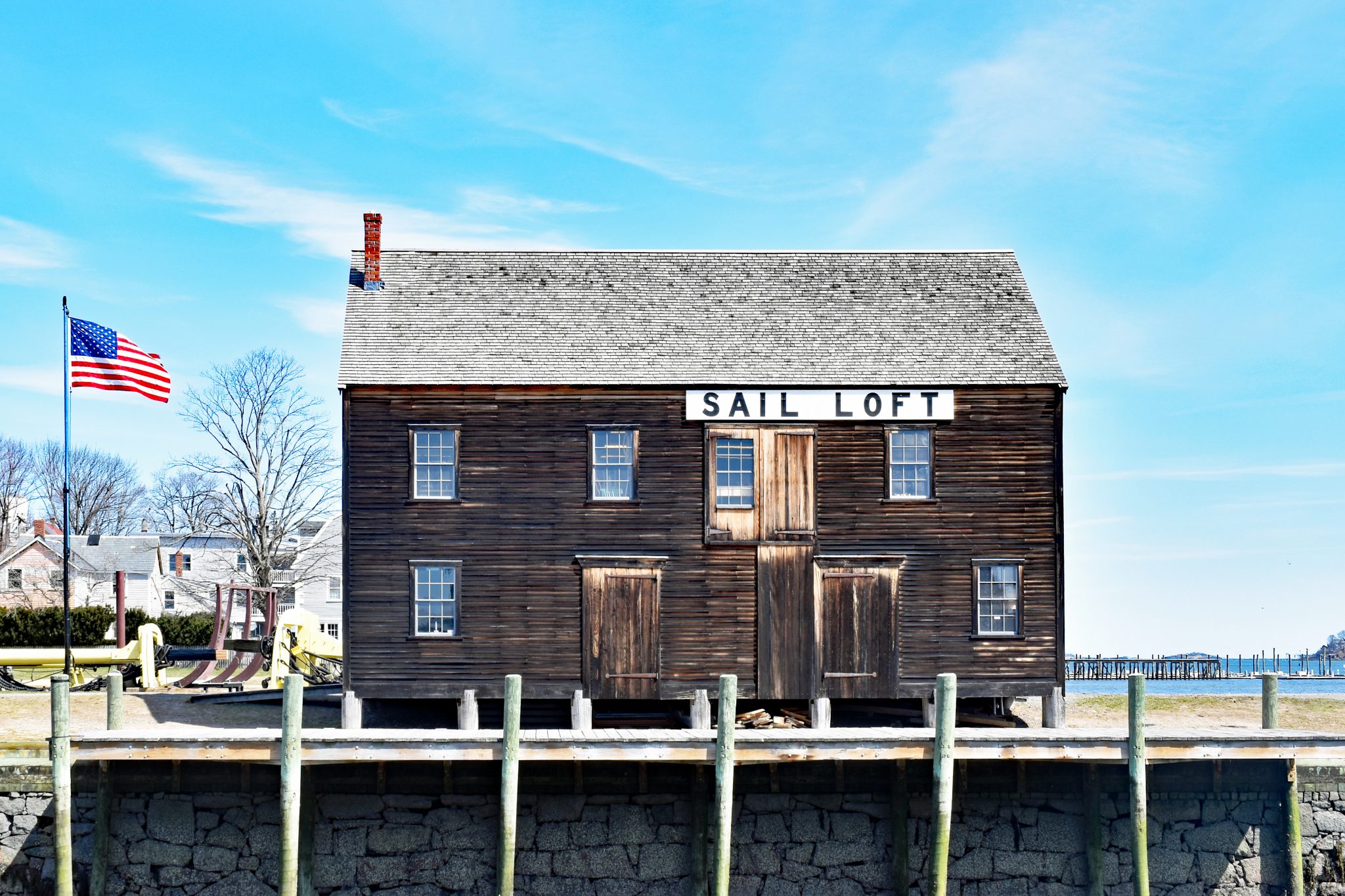
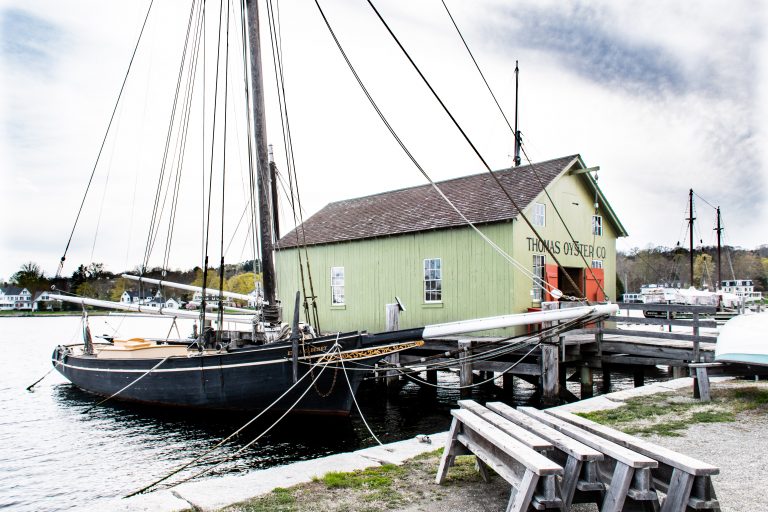
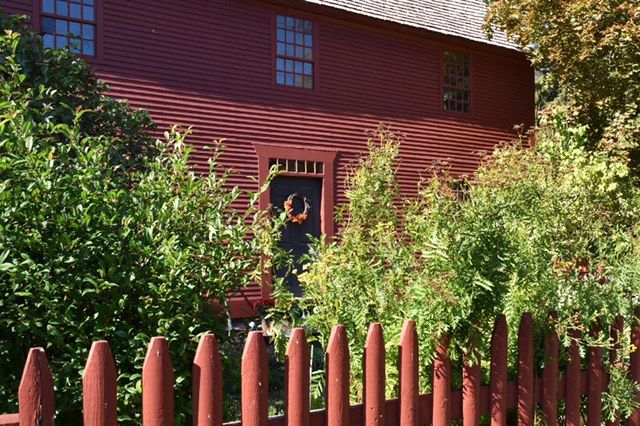
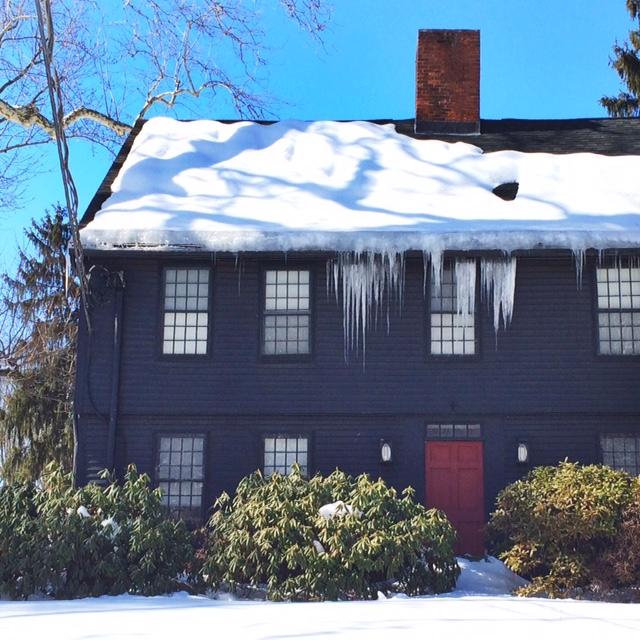
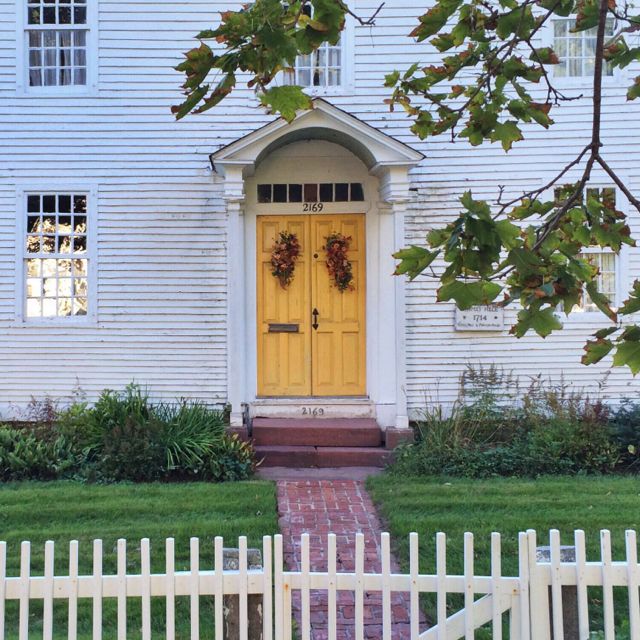
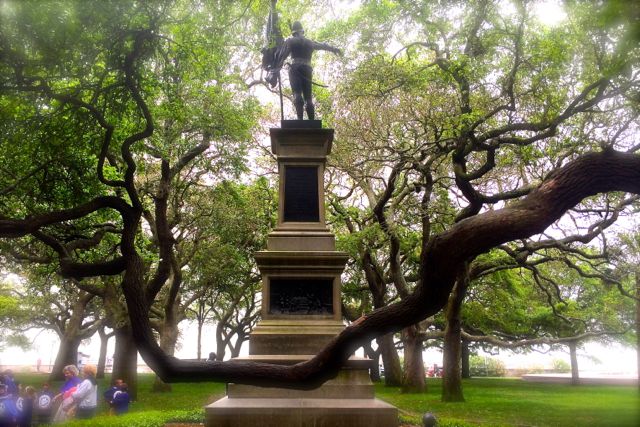





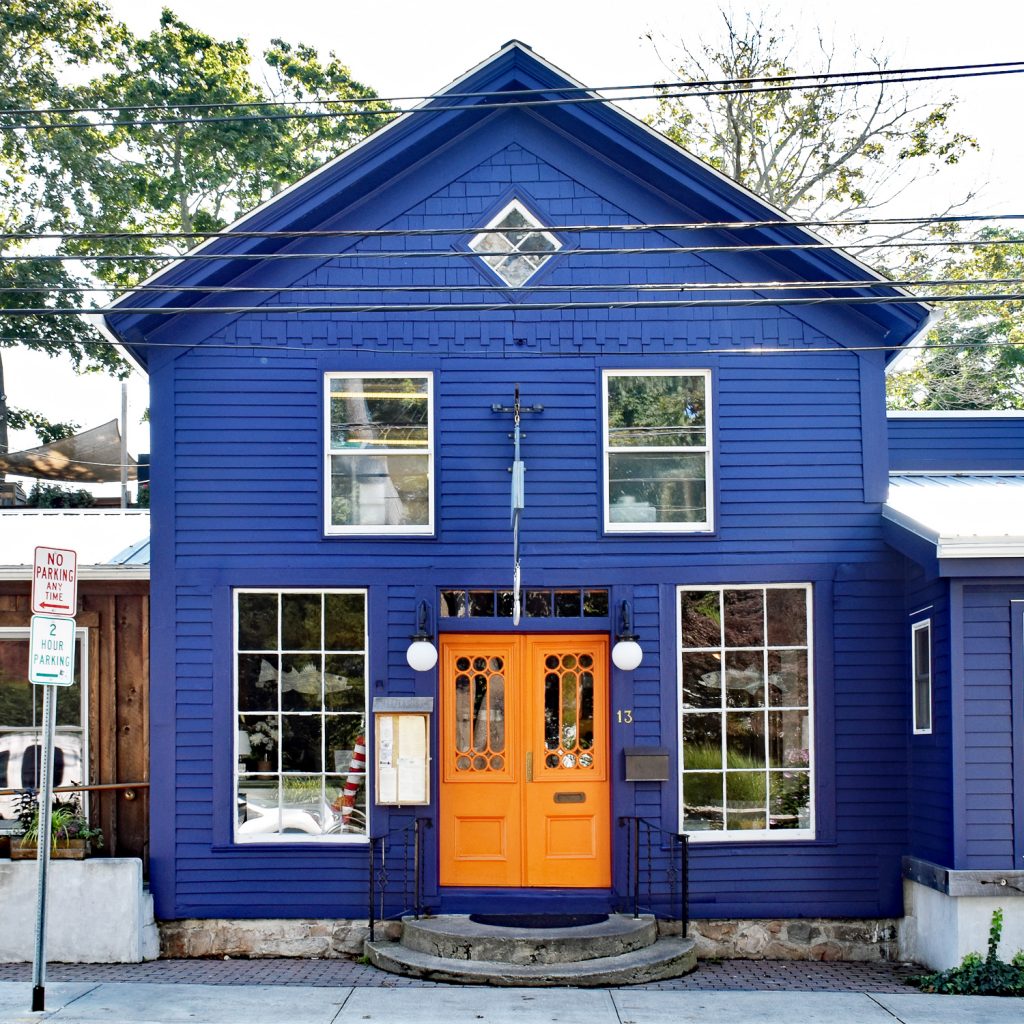
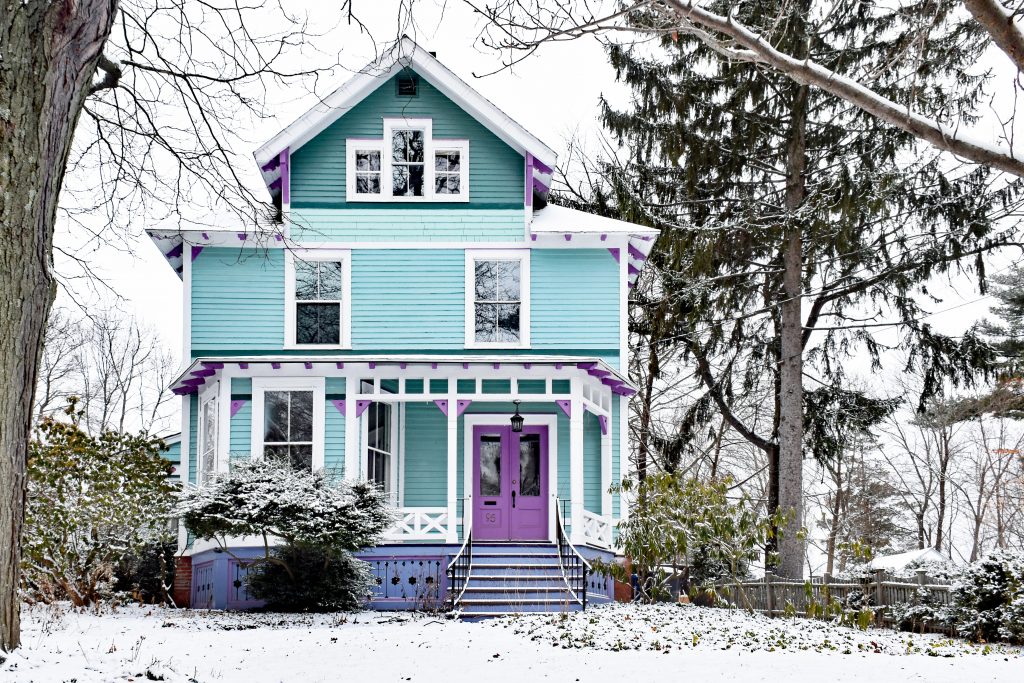
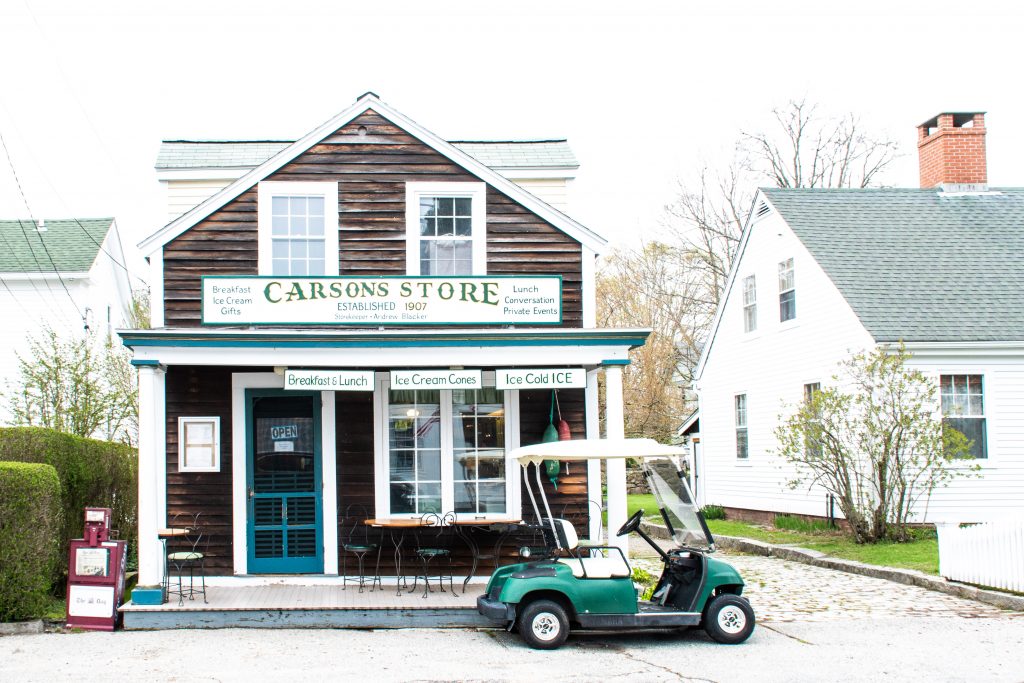
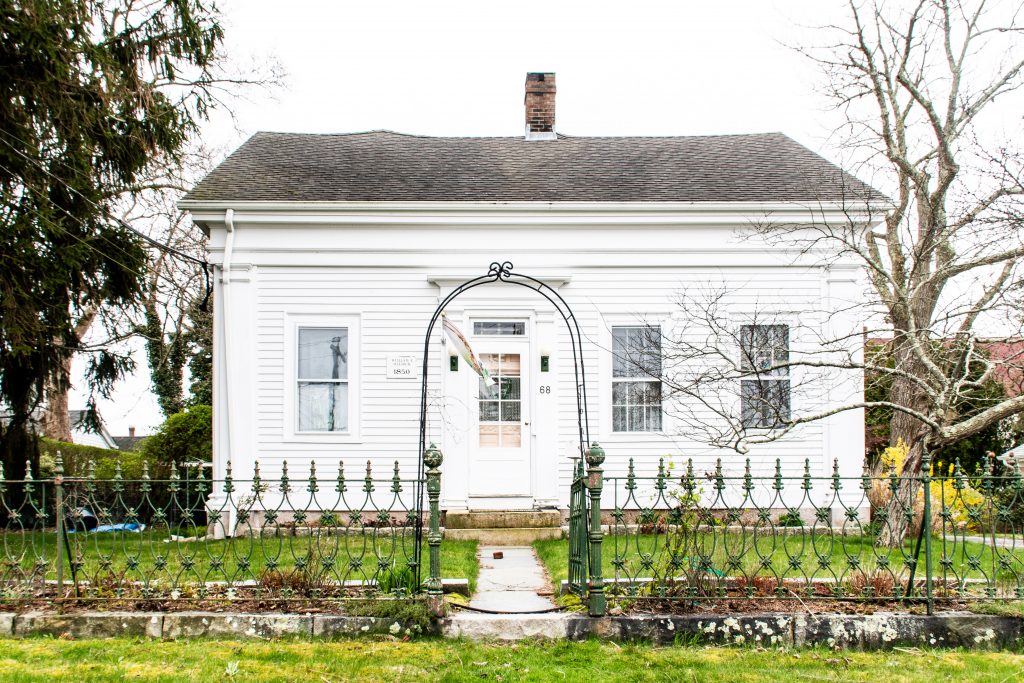
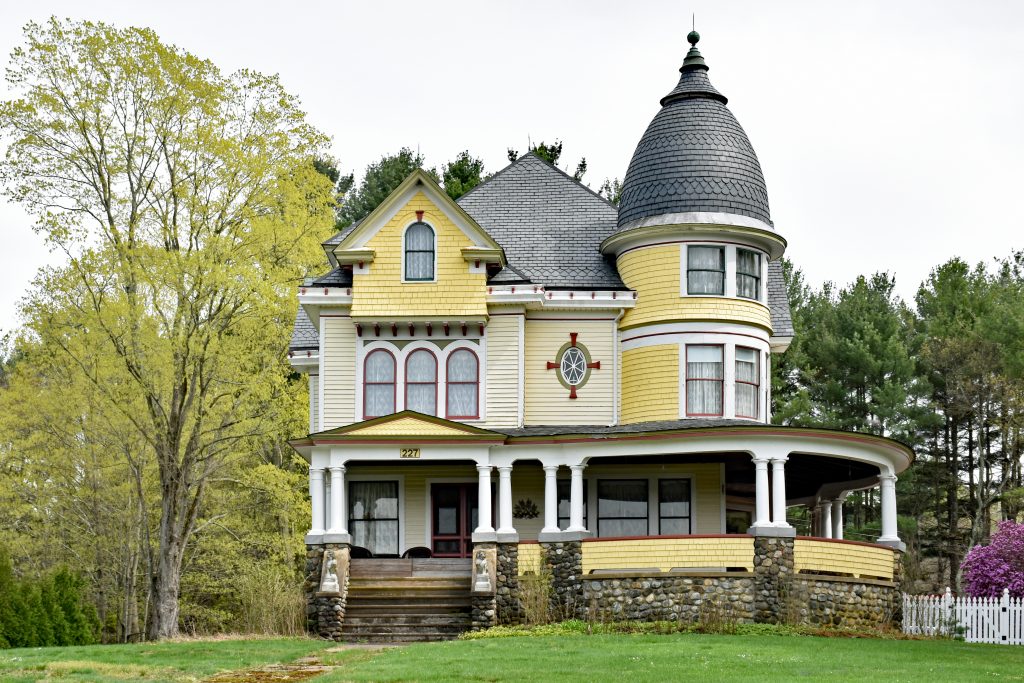
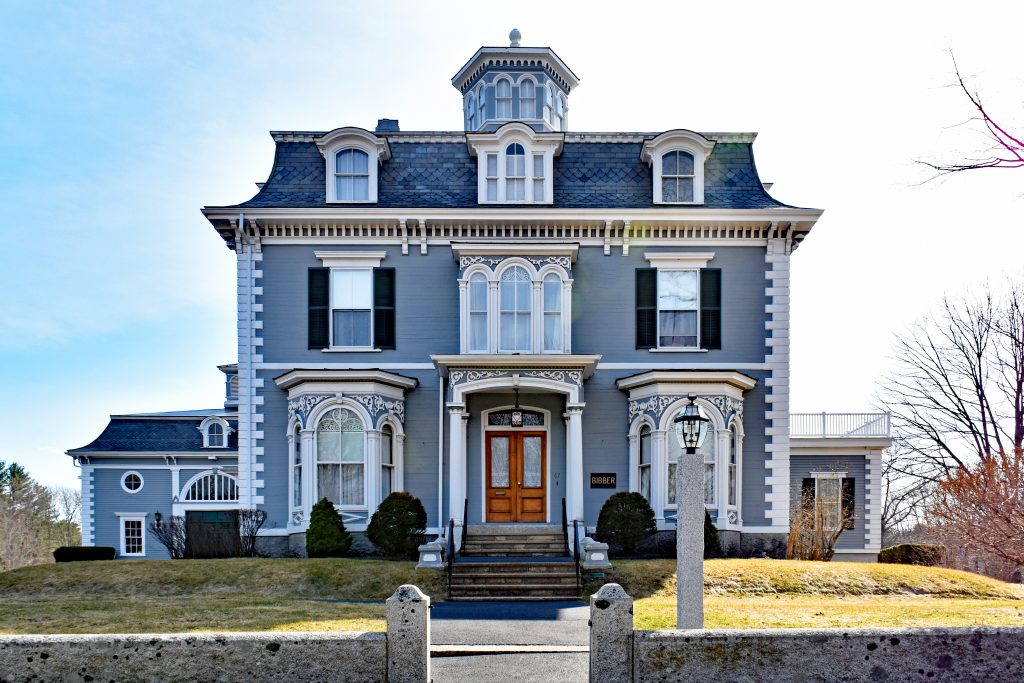
Thank you so much for focusing on the beautiful architecture & art of our city, and on a season other than October!
I was so pleasantly surprised when I visited! I had a preconceived notion of Salem and was so thrilled at all it had to offer, especially the beautiful architecture! I would love to come again in late spring or summer to really enjoy the benefits of being on the water.